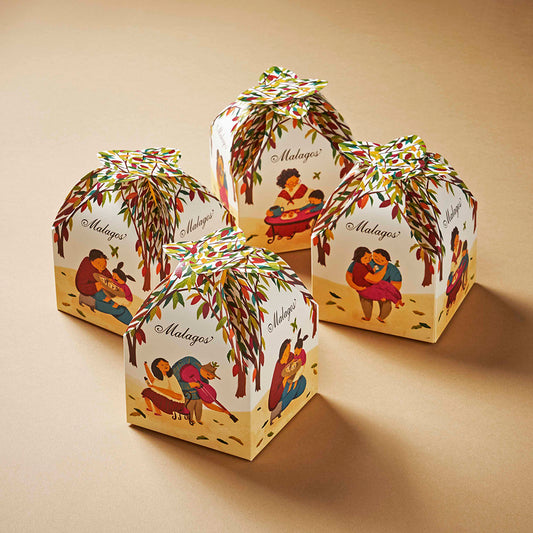Philippine Cacao Nursery Manual
PLANT PRODUCTION AND NURSERY OPERATIONS FOR COCOA NURSERIES IN THE
PHILIPPINES. Cocoa Nursery Manual Philippines June 2011 (PDF, 12.9Mb).
Copyright ACDI/VOCA.
Download Cocoa Nursery Manual Philippines June 2011 (PDF, 12.9Mb) here.
The world cocoa requirements is supplied by the equatorial regions of the world. 38% is supplied by Ivory Coast. 21% by Ghana. 13% Indonesia. 4% Brazil and 1% Malaysia. The Philippines has no significant contribution to the world’s cocoa supply at present.
The price of cocoa in the world market the past few years is on the rise because of short supply of beans and peace and order situation in major producing countries in Africa. High prices in the local market also reflect this lack of supply and high demand situation.
Cocoa/cacao is a shade tolerant plant. It can be successfully grown along with a variety of shade trees, such as coconut, lanzones, durian, etc. The low density planting of cacao crop presents a great opportunity to increase the yield and income of a farm especially those mono cropped to coconuts. It allows the farmer to maximize the utilization of existing areas, derive additional income. The farmer would be able to maximize labor & inputs , and help minimize costs on crop protection since diversity in tree or crop population do not favor explosive infestations due to limited feeding materials for insect pests.
To undertake the coordinated and sustainable technology transfer with respect to crop management and post harvest practices, Puentespina Farms offers available training programs that includes, a 3- day hands on live-in seminar, with accommodations at the Malagos Garden Resort.

To ensure availability and access to known good quality planting materials; Puentespina Farms produce grafted seedlings of UF 18, BR 25 and PBC 123 (a hybrid of between Trinitario and Upper Amazon). Its nursery that is accredited with the Bureau of Plant Industry is also located at Malagos.
Questions? Contact us.
Choose Filipino 🇵🇭!
-
Pasko sa Pilipinas Mini Gift Bag (Special Bundle Savings) 🎄🎁
Regular price From ₱415.00 PHPRegular priceUnit price per -
Pasko sa Pilipinas Envelope Set 🎄🎁
Regular price From ₱250.00 PHPRegular priceUnit price per -
Pasko sa Pilipinas Gift Box 🎄🎁
Regular price From ₱455.00 PHPRegular priceUnit price per -
GET Php 100 OFF! 'Harana' Gift Box ♥️
Regular price From ₱430.00 PHPRegular priceUnit price per








